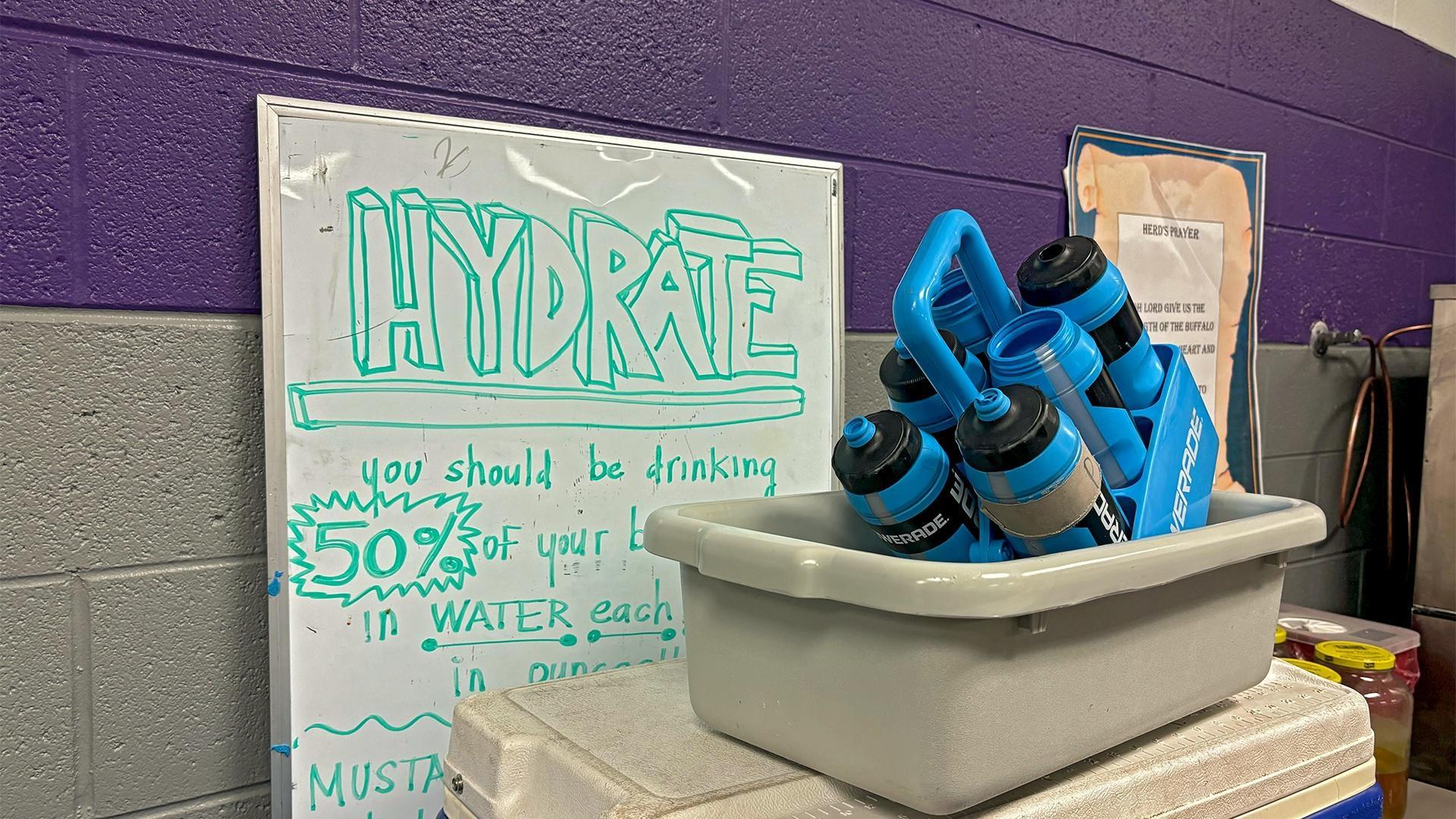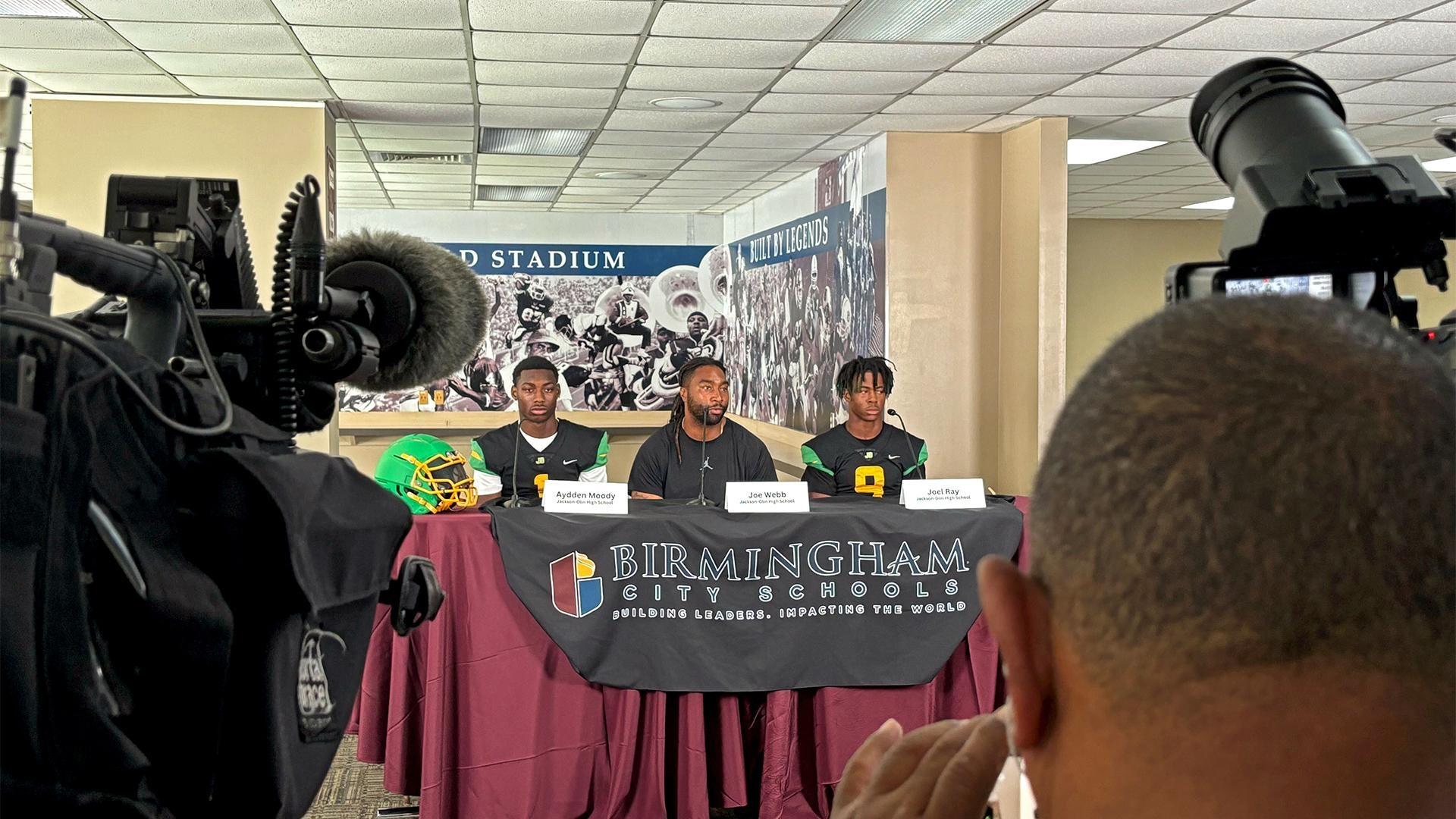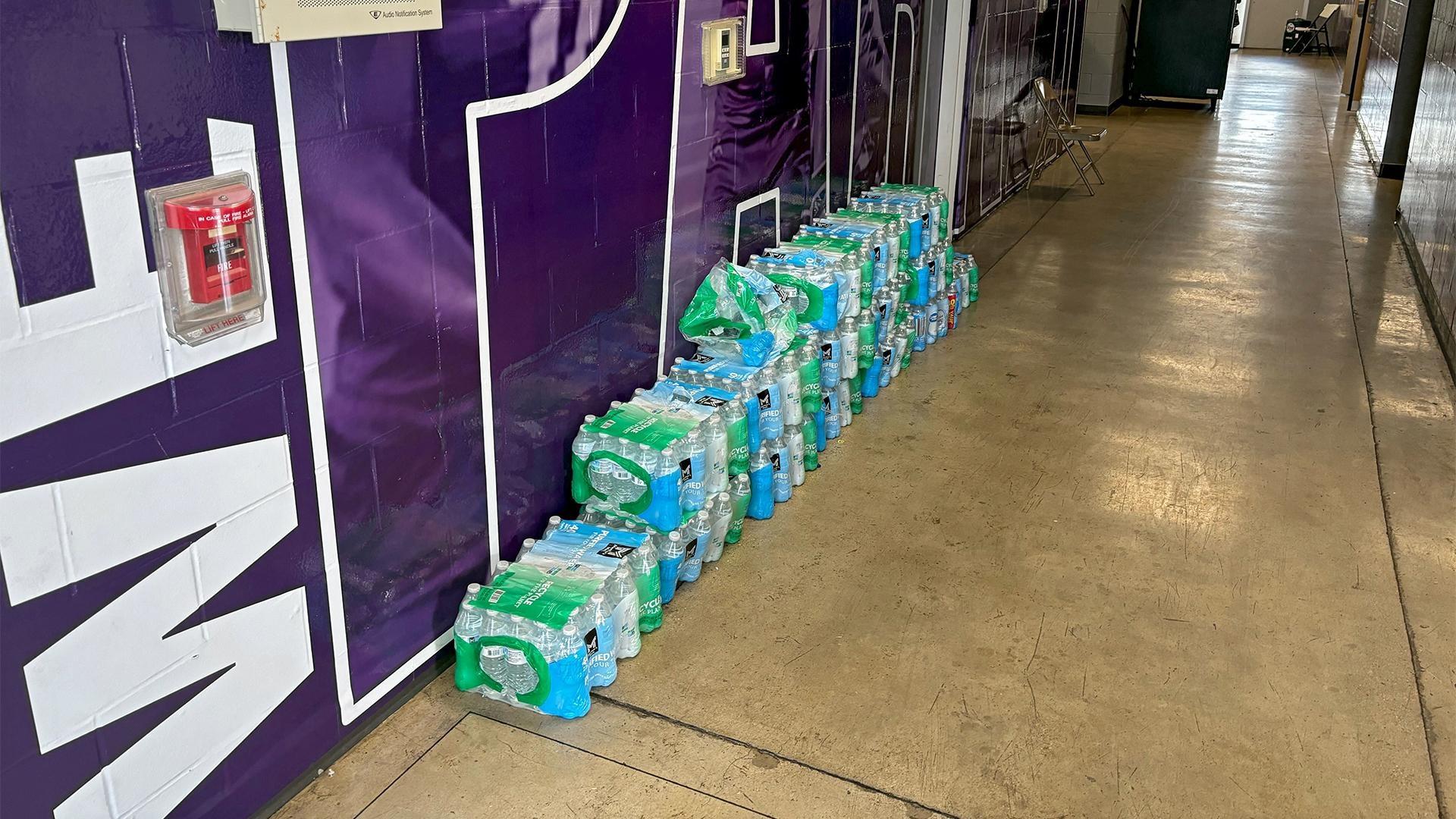Football is the leading sport in the United States for exertional heat stroke deaths, according to Douglas Casa, a kinesiologist and CEO of the Korey Stringer Institute — a non-profit housed at the University of Connecticut’s College of Agriculture, Health and Natural Resources dedicated to preventing sports-related deaths.
More than 90% of all heat stroke deaths in high school sports, Casa said, are football players, and since 1995, data shows almost all of them have been linemen.
“There’s a really specific risk to offensive and defensive linemen,” Casa said. “We’ve been working really hard to try to change how conditioning sessions happen for [them] because they can’t be expected to do the same kind of things that safeties or cornerbacks or running backs are doing. They have to have different expectations.”
But heatstroke deaths typically don’t happen in games, Casa said, but in long workouts and conditioning sessions. That’s why, before the season started, Leonard met with Parker’s team physician and coaches to make a plan on how to keep their players safe, specifically when dealing with heat and heat-related illnesses.
Casa recommends four modifications for high school football programs when dealing with heat exhaustion:
- a work-to-rest ratio based on the conditions of the day
- acclimating players to the heat by phasing in various levels of practice over the first couple of weeks
- keeping players better hydrated by having more water breaks and having water nearby for informal breaks
- having different expectations for players who play different positions
Leonard said Parker’s football program has already implemented some of these modifications, and the coaching staff also changed summer practice times — moving them to the early morning instead of the afternoon.
Heat exhaustion can easily go undetected, so Leonard said she looks for signs and symptoms, like if a player is not visibly sweating or sweating excessively, constantly.
Parker’s roster has players who are being recruited by high-profile universities, so many players may have extra workouts before or after their team’s scheduled workout. Leonard said she makes sure to educate the athletes on the importance of both nutrition and hydration.
“Sometimes when we think about heat-related illnesses, we only think about what they’re consuming as far as Gatorade and water,” Leonard said. “We don’t think about what they’re consuming as far as food.”
This year, Parker and six other Birmingham City Schools also have a new weapon in their Emergency Action Plans to help treat heat exhaustion — cooling vests. If a player has a heat stroke, Leonard said the single-use vests can regulate an athlete’s core body temperature before they are taken somewhere else for further care.
Leonard said the vests, donated by the University of Alabama at Birmingham, are crucial because failure to regulate the body’s core temperature before other treatments — like ice baths — can lead to organ failure.
“Hopefully, we don’t have to use it,” Leonard said. “But we have it, and it’s better to have it and not need it than not have and need it.”






